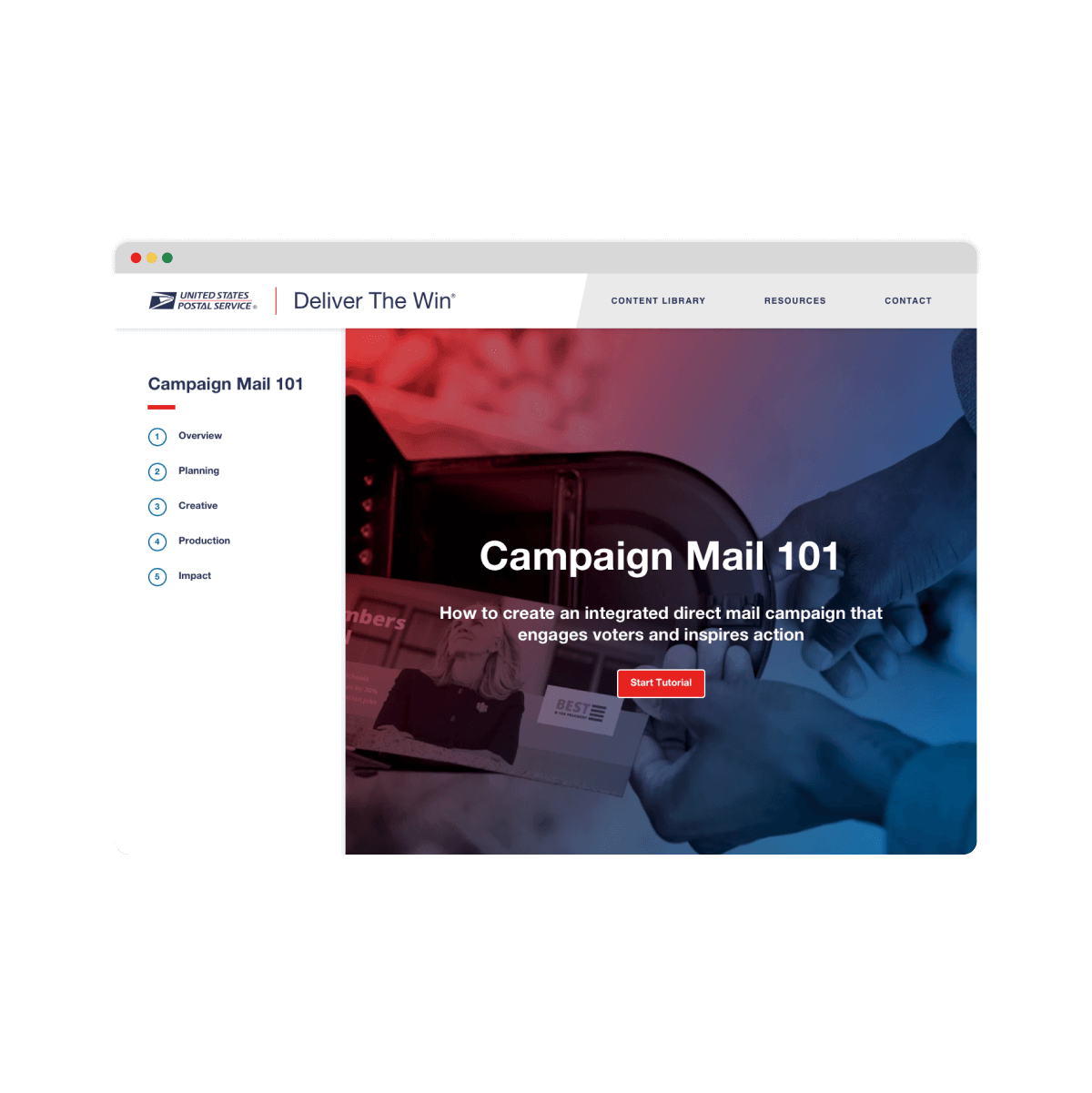June 1, 2024

Is your campaign ready for the third-party cookie crumble?
Why first-party data is even better when it comes to voter engagement.
The days of third-party cookies are numbered. This could have a major impact on your campaign’s ability to mine voter data—and impede your targeting ability. That’s why it’s important to execute new data strategies now—so you don’t lose momentum when Google finally banishes them from their search engine for good.
So how can you successfully navigate this monumental shift? By using other channels to capture rich first-party data directly from the source—voters.
The first-party data advantage.
Despite the fact that cookies have been one of the most utilized data collection currencies for advertising and political campaigns, many people don’t condone them, sparking controversy and even congressional intervention.
46% of Americans are concerned about companies tracking their online data.1
What makes first-party data so valuable is that it’s voluntarily provided by the user vs. the browser.
Harnessing first-party data is a transparent and insightful way to target voters, build trust, and optimize your campaigns. Leveraging credible media channels like direct mail can help your campaign capture deeper voter information through first-party data—in safe and legal ways.
Three effective ways to capitalize on first-party data:
1
Mine data from your media mix.
First-party data can be leveraged from multiple channels such as email campaigns, events, and through direct mail advertising.
- At in-person campaign events, encourage constituents to sign up for campaign communications or donate, which could require them to share personal information.
- Send direct mail that drives voters to your candidate’s website where they can opt in to campaign communications.
2
Capture voter insights through engagement.
An effective way to aggregate information is from how a voter interacts with direct mail.
- Incorporate digital elements, like QR Code® technology, within your campaign mail that allows you to track engagement.
- Include a Business Reply Card (BRC) to capture first-party data directly.
3
Tap into demographic data.
Mailing lists are a great way to target voters, but it’s also an option to blanket a specific geographic area without a list and to customize your messaging based on demographic data.
- The USPS Every Door Direct Mail® (EDDM®) online mapping tool lets you canvas entire ZIP Code™ areas to directly target voters using demographics (such as age, household size, and income).
Bottom line.
Be prepared. Identify campaign strategies now that rely on third-party data and need to be adapted. Then create a plan to leverage other campaign channels, like direct mail, to gather key first-party data insights that can help engage voters.

Campaign Mail 101
Want to learn more on how to create a mail campaign that drives voters to the polls?

